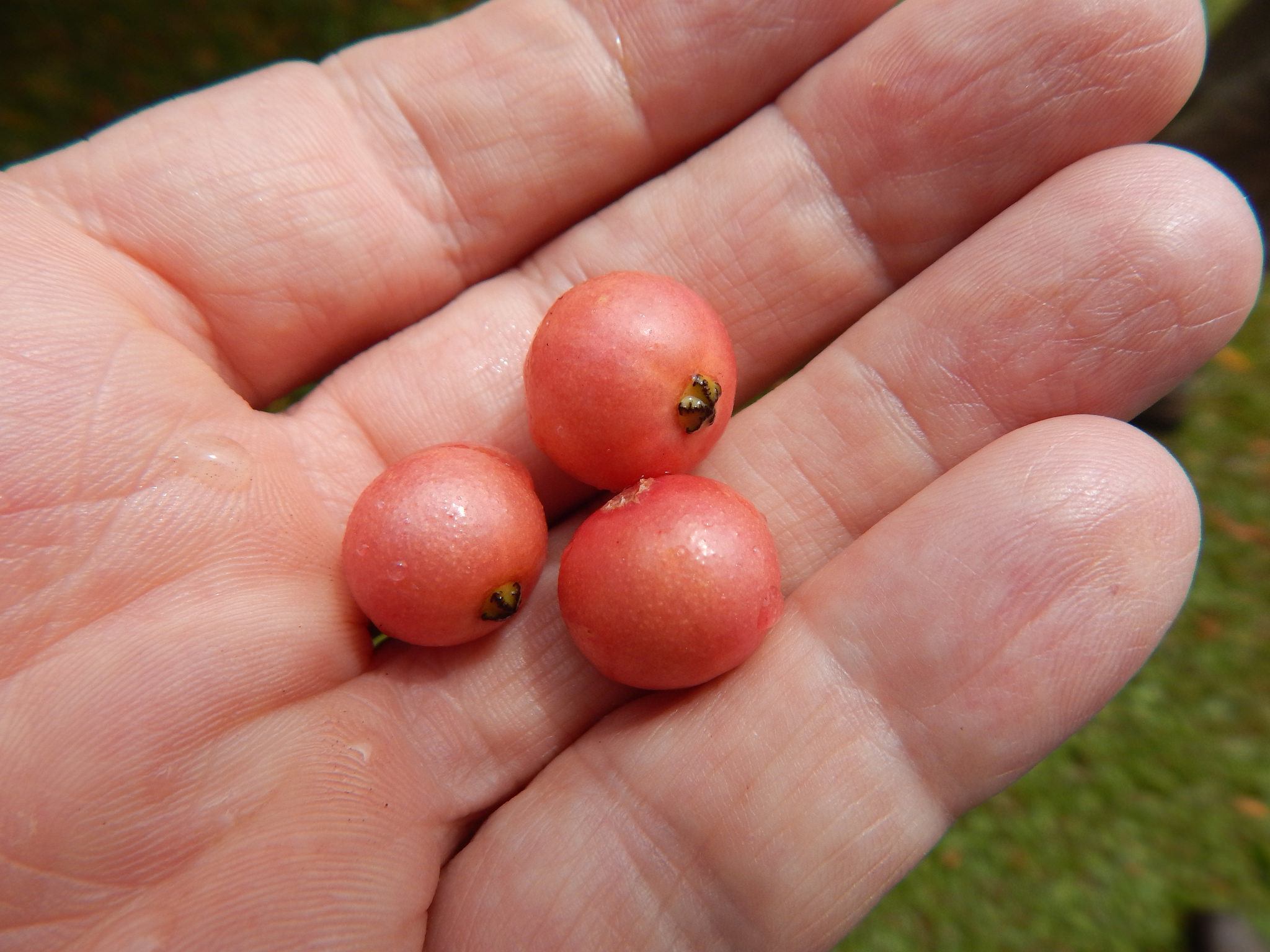Never heard of Kerson Fruit? Well, you’re about to! This amazing berry fruit looks a lot like a cherry and is found on a very fast-growing tree, also like a cherry. It’s not surprising that most Americans have not heard of Kerson Fruit (latin name Muntingia calabura), since it grows primarily in Asia and Latin America — although, if you’ve ever heard of a strawberry tree, that’s an American name for it.
What researchers and nutritionists are now finding, like with so many other “unknown” fruits, is that there are some amazing health benefits packed into this little berry — benefits that act as preventatives and curatives. If you have a strong interest in sustaining a program of nutritional health, you will be interested in this list of 14 important uses of the Kerson Fruit, as well as uses for its leaves and flowers.
Benefits from the Fruit Itself
1. It has antibacterial properties.
One of the big concerns of medicine today is that bacteria of all types are becoming resistant to the antibiotics that medical science produces. We have overused antibiotics to the point that bacteria have mutated, growing stronger and more resistant strains. Kerson Fruit is a natural antibiotic that will fight staph, intestinal bacteria, sepsis, and diphtheria. Further testing may prove its value in fighting other forms of invaders as well.
2. It is a huge source of Vitamin C.
One hundered grams of the berries is equal to 150 mgs of Vitamin C. We already know that this vitamin helps to prevent flu and colds, has strong antioxidants, and even works to improve some types of cardiovascular disease.
3. It provides gout relief.
Gout is a painful form of arthritis caused by a buildup of uric acid in your system, usually from consuming too much of certain types of food and too little water. While Kerson Fruit cannot cure gout (it goes away on its own), the berries, eaten 3 times a day in groups of 9-12, will relieve the pain — the worst part of gout.
4. It is great for headache relief.
People who suffer severe headaches do so because of blood vessel constriction. Kerson berries relax blood vessels, so that blood can flow normally again.
5. It is helpful for those with diabetes.
Diabetics fight their disease their entire lives. They have to constantly monitor their blood sugar levels and take medication or injections. Kerson Fruit helps to lower blood sugar, and regular consumption can mean less medicine or lower injection doses. As a preventative against diabetes, Kerson Fruit is used regularly in those countries in which it is prevalent.
6. It has strong antioxidant properties.
Oxidation is a chemical process in your body that releases free radicals. These damaging free radicals form chains and are considered to be culprits in cancer and other diseases. Antioxidants kill free radicals, and Kerson Fruit is full of them — 24 different flavonoids and phenolic compounds to be exact. Don’t worry too much about exactly what flavonoids and phenolic compounds are — you just need to know that they are the “good guys.”
7. It contains important nutrients.
The fruit itself includes fiber, carbs, protein, calcium, phosphorous, iron, and B-vitamins (which are some great mood enhancers). With this type of excellent nutritional benefit, it is no wonder that Kerson Fruit is such a staple in other parts of the world. People eat the fruit raw, make jams and jellies, and use it for baking. Finding Kerson Fruit in the US is a bit challenging. You can, however, buy it online in liquid form or in form of one or a group of supplements, and according to nutritionists, this is just as beneficial as the fruit itself.
Benefits from Kerson Tea
The ancients knew of the benefits of Kerson Fruit and also of its leaves, so they dried those leaves, crushed them up, and made tea. Here are the currently known benefits of the tea.
8. It acts as a pain blocker.
While the fruit itself is a pain reliever, the tea actually blocks pain receptors. Here’s how that works: You have nerve cells (neurons) all over your body. When they receive pain stimuli (a cut, a bee sting, etc.) they send messages to your spinal cord and brain and you feel pain. The tea blocks those messages from being sent, similar to the way in which an opiate does, but without the bad side effects. Just like eating the fruit, the tea is great for headaches, gout pain, and other arthritic joint pain.
9. It is being researched as a cancer preventative.
Research so far shows promise that the leaves of this tree have properties that act to reduce and prevent cancerous tumor growth. Much more research needs to be done, of course, but don’t you wonder why cancer was not a huge killer in ancient societies? Sure, they didn’t have all of the environmental hazards that we do today (although, they did also smoke, chew tobacco, and drink “firewater”), but those in warm climates used many of these common plants regularly.
10. It has strong anti-inflammatory benefits.
The most prevalent issues with inflammation come in the form of the swelling of joints and tissues and fevers. Kerson tea reduces such things, and people who live in regions where this tree is prevalent use it for those purposes by consuming the tea.
11. It reduces blood pressure.
High blood pressure is caused by many things in modern society — smoking, salt, diets high in fat, and heredity. When blood vessels constrict due to these things, blood has a harder time moving through the body and puts pressure on your vessels as it does. Thus, the term high blood pressure, a dangerous conditions that can cause heart attacks and strokes. Kerson tea contains large amounts of nitric oxide, a natural chemical which relaxes blood vessels so that blood can flow freely, thus reducing pressure.
12. It has definite cardiovascular benefits.
The tea has specific antioxidants that prevent types of inflammation that can cause myocardial infarction, or a heart attack. Because parts of your heart muscle can suffer permanent damage due to lack of blood flow during a heart attack, you really want to do all that you can to prevent them.
13. It improves digestion.
You can make a soothing drink from Kerson flowers (they can be boiled up to two times). It is used to calm upset stomachs, gas cramps, and indigestion.
Featured photo credit: Forest Starr and Kim Starr via flickr.com














































